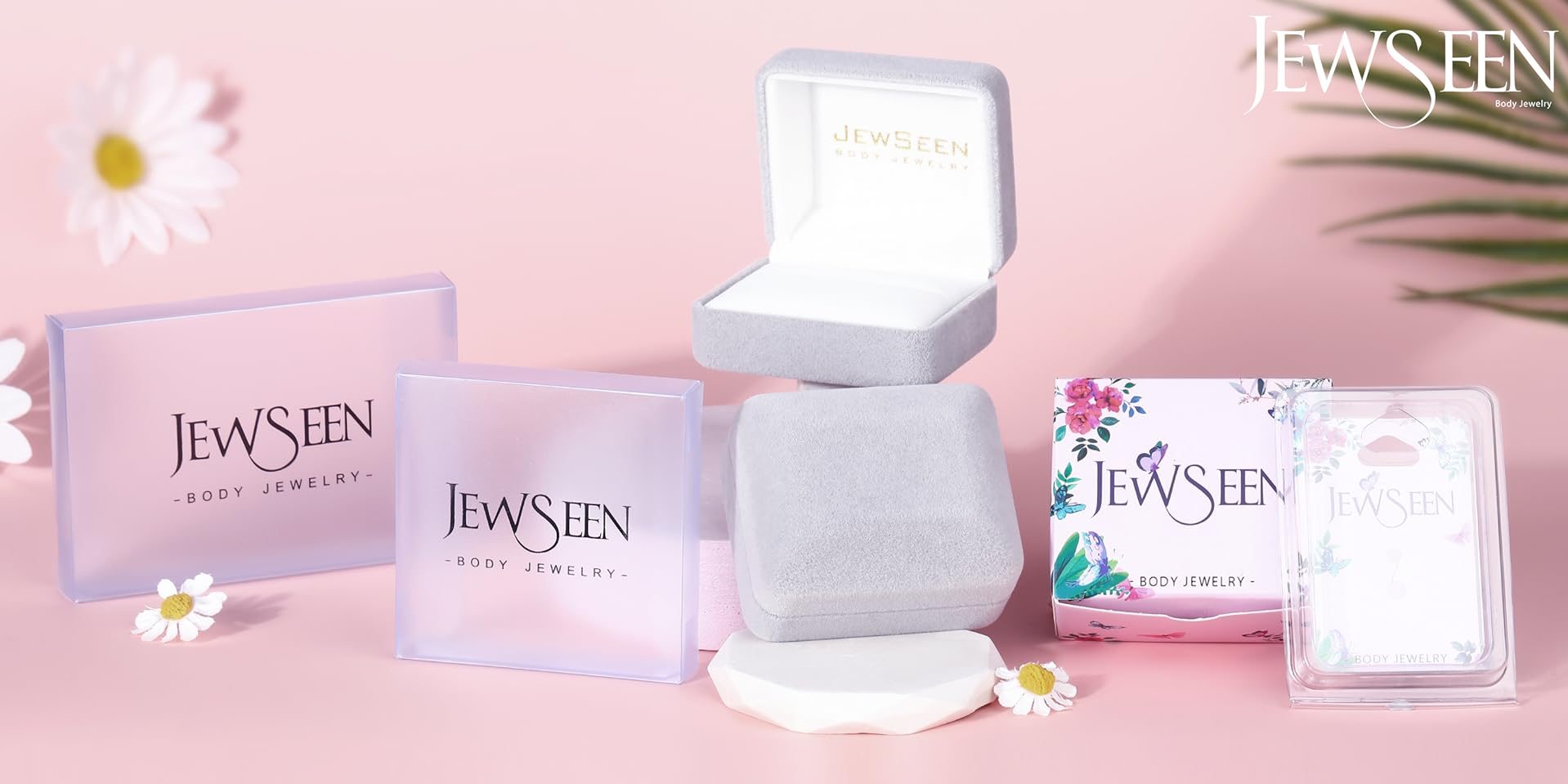Piercings have been a popular form of body modification for centuries. From simple earlobe piercings to more adventurous ones like nose, lip, or eyebrow piercings, individuals are continuously exploring ways to express their individuality through body adornment. In this article, we will delve into the world of piercing, specifically focusing on four distinct types. We will explore the process involved in getting these piercings and discuss essential aftercare tips to ensure proper healing.
- Earlobe Piercing: Earlobe piercings are perhaps the most common type of piercing worldwide. This classic style involves puncturing the fleshy part of the earlobe to create an opening for jewelry insertion. The procedure is relatively simple and has minimal risks compared to other types of piercings. Usually done with sterilized piercing needles under controlled conditions by professionals, it’s crucial to choose reputable piercers who prioritize cleanliness and use high-quality materials.
Aftercare for earlobe piercings includes regular cleaning with saline solution or a mild antiseptic solution recommended by your piercer. Avoid touching the pierced area with dirty hands and be cautious while changing earrings during the healing period.
- Nose Piercing: Nose piercing is another widely popular form of body modification that has cultural significance in many regions around the globe. This type of piercing involves making a hole through either side of the nostril or septum using a needle or gun-like device.
Proper hygiene is crucial when it comes to nose piercing as it is located near sensitive areas like nasal passages and sinuses. Cleaning with saline solution multiple times a day is necessary during the healing phase that usually takes several weeks or even months depending on individual healing processes.
- Lip Piercing: Lip piercings come in various forms such as labret (center), Monroe (top lip), or Medusa (above the upper lip). These piercings involve inserting a decorative stud or hoop through the lip.
When it comes to lip piercing, oral hygiene is of utmost importance. Properly rinsing the mouth with an alcohol-free mouthwash after every meal and cleaning the pierced area with saline solution helps maintain optimal hygiene levels. It’s crucial to avoid playing with or twisting the jewelry during the healing process to prevent irritation and complications.
- Eyebrow Piercing: Eyebrow piercings have gained popularity in recent years as a trendy way to enhance facial aesthetics. This piercing involves puncturing a small hole either horizontally or vertically along the eyebrow line.
To ensure proper healing and prevent infection, regular cleaning using saline solution or an antiseptic recommended by your piercer is essential. Be cautious while washing your face, avoiding any harsh scrubbing near the pierced area. Avoid applying makeup directly on the piercing until it has fully healed.
Remember that everyone’s body heals differently, so following appropriate aftercare instructions given by your professional piercer is crucial for a successful healing process in any type of piercing.
In conclusion, piercing provides individuals a unique way to express themselves through body adornment. In this article, we explored four popular types of piercing: earlobe, nose, lip, and eyebrow piercings. We also discussed important aftercare tips for each type to help ensure proper healing and minimize potential risks. If you’re considering getting a new piercing or currently have one, remember that patience and good aftercare practices are key for successful outcomes.









